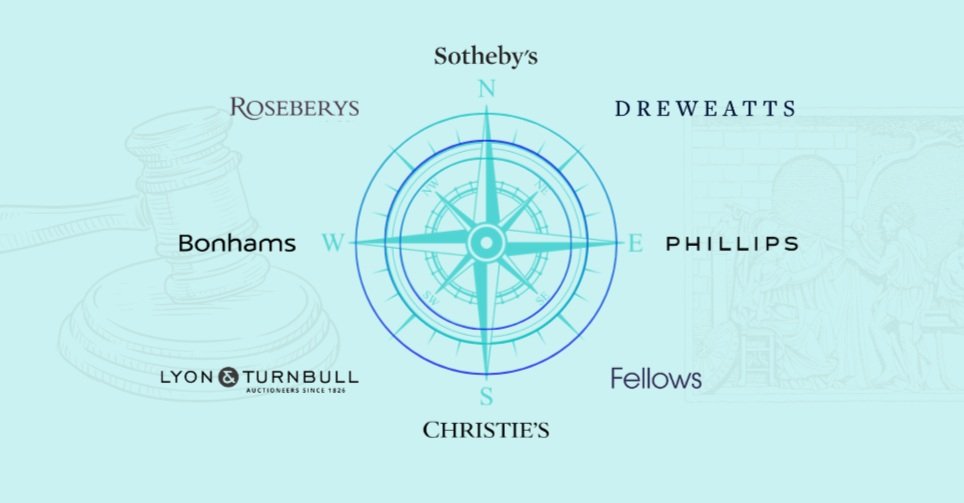#1: Blockchain: revolutionising Art Provenance and Authenticity
The White Glove spoke to Angus Scott, the CEO of blockchain company Artclear, about the data-driven nature of the art market – and how technology is making it more transparent, secure, and accessible for artists, collectors, and investors alike.
The worlds of art, technology, and finance are becoming increasingly intertwined.
Several new companies striving to make buying art easier, more transparent, and safer. For example, collectors no longer have to buy complete artworks; fractionalisation means it’s possible to trade shares in paintings, with companies like Masterworks making the asset class more liquid. Despite not owning the artwork outright, investors don’t have to worry about costs associated with insurance, transport, and preservation.
Not only is technology making buying art more democratic, it’s also making it safer by preventing fraud. Blockchain tech is transforming the art market by helping to detect fake paintings, securing transaction records, and providing digital certificates of authenticity, among other things. And – in contrast to the traditional art market, where a cohort of super wealthy individuals benefit from its opaque and exclusive nature – technology is helping artists, collectors, and investors across the board by boosting transparency and access.
Provenance tracking has stirred debate for decades.
The subjectivity involved in authenticating an Old Master painting with limited records, for example, means that it’s impossible to 100% guarantee that a particular artist created it. The contemporary art market is also not immune to provenance issues – just look at the recent Damien Hirst dating scandal. Artclear, a London-based blockchain company that records indelible digital authenticity certificates for physical works, is among a handful of new tech companies guaranteeing artwork origin. It launched in 2020 and has developed a patented scanner with printing heavyweight Hewlett-Packard (HP) Inc that captures microscopic snapshots of paintings to create “digital fingerprints.” As Artclear’s CEO – Angus Scott – told The White Glove, these fingerprints are then used to provide “tamperproof and unbreakable” authenticity certificates.
The company isn’t only focused on rooting out fakes from the art market, it’s also helping investors to secure collateral. “We continue to explore use cases based on securing important facts about specific works of art to increase their value and reduce risk,” Scott said. “For example, we are looking at how incontrovertible identification on an artwork, combined with secure proofs of ownership status recorded on the blockchain, can make it safer and easier for lenders to accept artworks as collateral.” Scott explained that despite dealing in physical objects, “the art business is actually a data business.”
“The value of an artwork, whether to a buyer, a lender, an insurer, or a researcher, depends on information about the work, just as much as it depends on the object itself. Information can include fundamentals such as authorship, provenance, and history, as well as more ‘operational’ data like current ownership, location, and condition. Until now, it has been difficult to pull all this data together in a way that is accessible and trustworthy.”
But utilising the blockchain for provenance tracking is not only for the good of investors. Artists can now rely on the technology to create indelible authenticity guarantees for their work to ensure it isn’t forged, while it gives gallerists, art dealers, and auction houses confidence that the artworks they’re buying or selling are genuine. In short, companies like Artclear are making the art market more honest, more secure, and ultimately fairer.
But, as Scott warns, the technology must be employed wisely to avoid any corruption.






